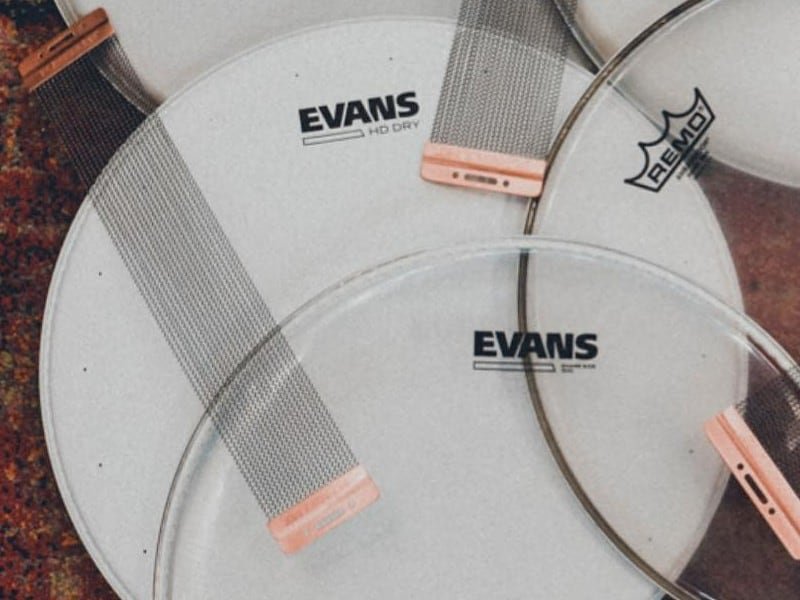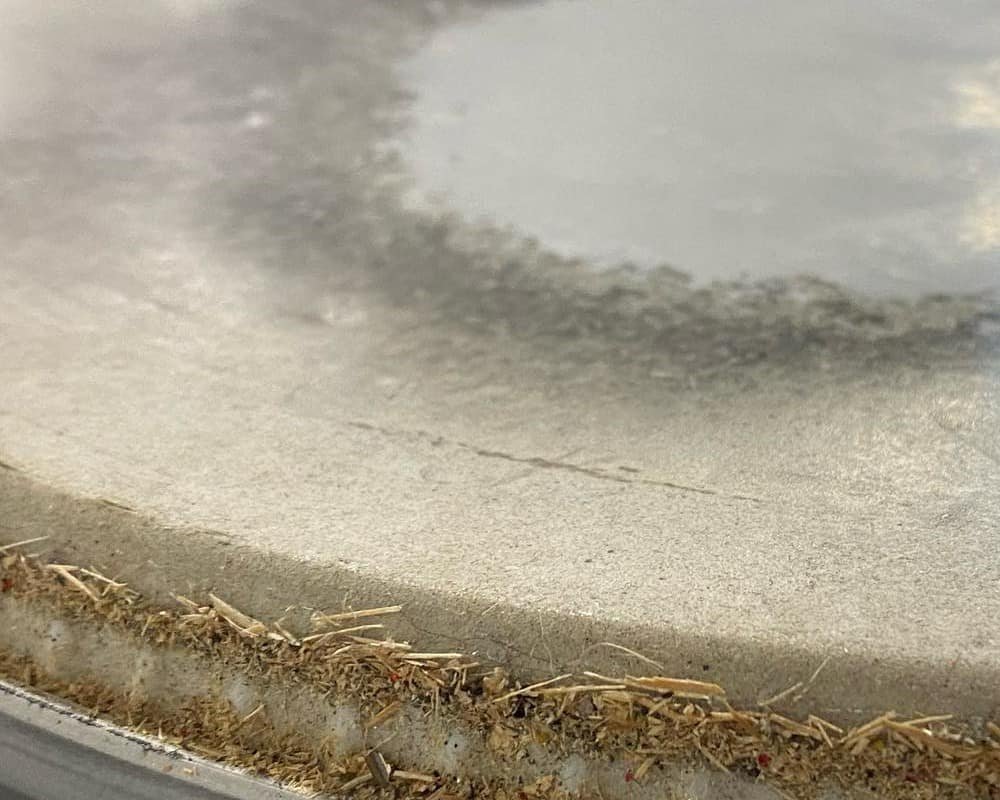How to Measure a Drum Head? – TECHNIQUES AND TRICKS

Often when you buy a drum set you don’t know what size your drums are. Therefore, you need to drum measure the size correctly. This article will help you figure this out.
How to Measure a Drum Head?
Contents
Whether you’re a drummer or a drum tech, at some point you’re going to need to know how to measure a drum head. While it may seem like a simple task, there is a bit of a science to it. In this article, we’re going to show you how to measure a drum head so that you can get the perfect fit every time.

The first thing you need to do is identify the type of drum head you’re dealing with. There are two main types of drum heads:
- batter heads, which are the heads that you hit with your sticks;
- resonant heads are the heads that are on the bottom of the drum.
Once you’ve identified the type of head, you need to measure the diameter. The easiest way to do this is to use a tape measure. Simply measure from the outside edge of the head to the opposite outside edge.
Next, you need to measure the depth of the head. This is the distance from the top of the head to the bottom. Again, the easiest way to do this is with a tape measure.
Once you have these two measurements, you can determine the size of the head. Most drum heads are measured in inches, so simply take the diameter measurement and add it to the depth measurement. For example, if the head has a diameter of 14 inches and a depth of 3 inches, the size of the head would be 17 inches.
Now that you know how to measure a drum head, you can be sure to get the perfect fit every time.
When Should You Replace Drum Heads?
Most drummers will have to replace their drum heads at some point. But when is the right time to do it?
There are a few things to consider when deciding when to replace your drum heads. First, take a look at the condition of the head. If there are any cracks or holes, it’s time for a new head. Also, if the head is starting to lose its shape or is becoming difficult to tune, it’s time for a replacement.

If the head is still in good condition, but you are unhappy with the sound it makes, you may want to try changing the head type. For example, if you are using a clear head on the snare drum, try replacing the snare head with a coated head to see if you like the different sound it makes.
In general, it’s a good idea to replace your drum heads every few months to keep them sounding their best. Of course, how often you need to replace them will depend on how often you play and how hard you hit the drums. So, if you’re a heavy hitter, you might need to replace your heads more often than someone who plays more softly.
No matter how often you need to replace your drum heads, the important thing is to make sure you’re using quality heads that are appropriate for the type of music you play. That way, you’ll be sure to get the best sound out of your drums.
Standard Music Drum Sizes Explained
The standard sizes for music drums are:
- Snare drum: 14″ x 5.5″
- Bass drum: 22″ x 16″
- Tom-tom: 8″ x 12″
- Floor tom: 16″ x 16″
These dimensions can vary slightly depending on the manufacturer, but these are the general sizes for each type of drum.
Frequently Asked Questions
Answers to frequently asked questions.
How long do drums stay in tune?
This is a difficult question to answer because it depends on a number of factors, including the type of drum, the quality of the drum, the environment in which the drum is stored, and the amount of use the drum gets. Generally speaking, however, drums can stay in tune for quite a long time if they are well-made and well-cared-for.
How tight should a drum head size be?
A drum head should be tight enough to produce a clear sound, but not so tight that it produces a harsh sound.
What is the strongest wood for drumsticks?
The strongest wood for drumsticks is hickory.
Also read:
Conclusion
There are a few reasons why you might need to measure the drum head. For example, you might need to know the diameter of the head so you can purchase a new one that is the same size. Or, you might need to know the tension of the head so you can adjust it accordingly.




